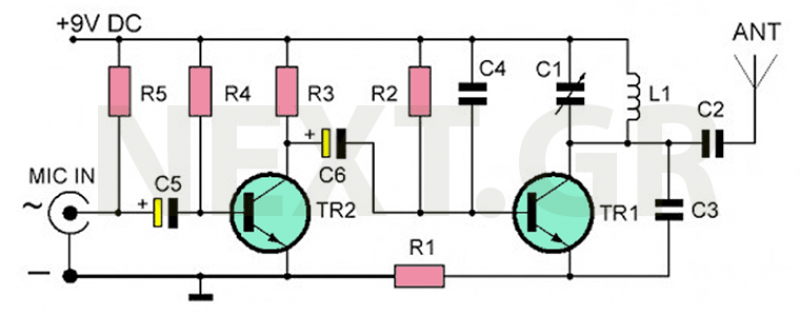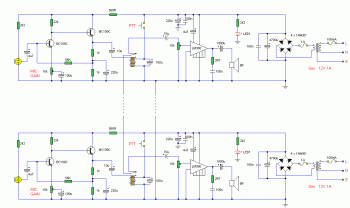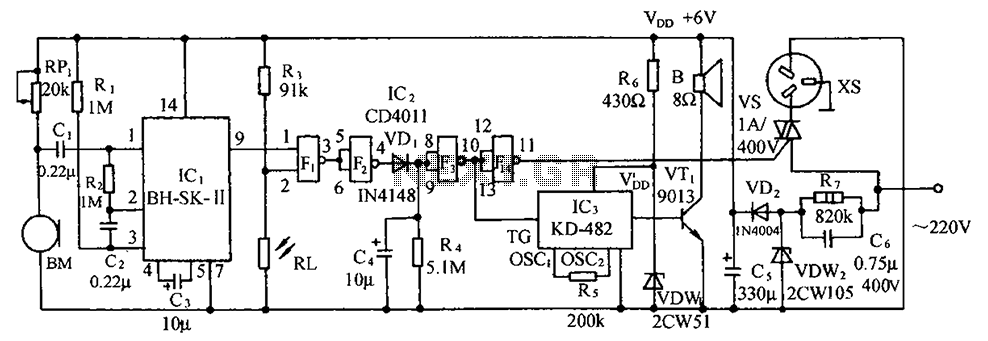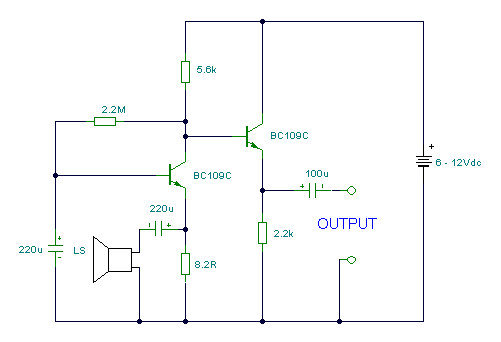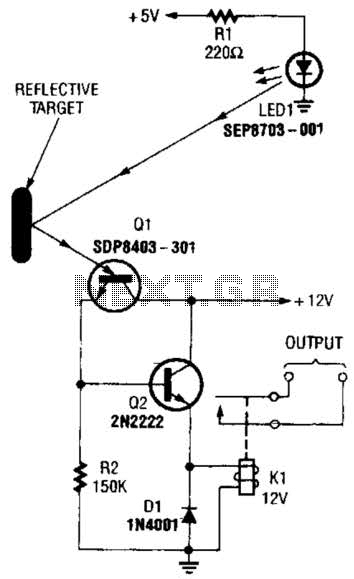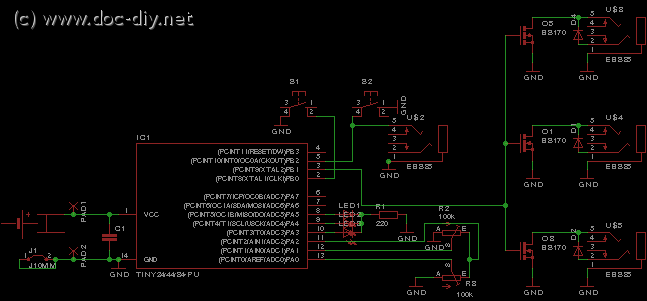
Air humidity measuring circuit 2

The humidity alarm system is based on integrated circuits and relays, utilizing the pA741 circuit. The MS01 employs a wet-type humidity resistance element as a probe. When the humidity exceeds a predetermined value, specifically set at 6 feet high, relay KA activates, triggering the alarm circuit. An adjustment potentiometer, RP, allows for the setting of the upper limit of humidity.
The humidity alarm system is designed to monitor and respond to humidity levels in various environments. The core of the system is the pA741 operational amplifier, which provides the necessary signal conditioning for the humidity sensor. The MS01 humidity sensor, which operates on the principle of resistance change with moisture absorption, serves as the primary detection element.
When the humidity level rises above the defined threshold, the resistance of the sensor decreases, resulting in a voltage change at the input of the pA741. This change is amplified and processed to drive relay KA. The relay, upon activation, completes the circuit for the alarm, alerting users to the high humidity condition.
To fine-tune the system, the adjustment potentiometer RP is incorporated into the circuit. This component allows the user to set the desired humidity threshold, providing flexibility for different applications and environments. The potentiometer is connected to a voltage divider configuration, which adjusts the reference voltage fed to the pA741, thereby determining the activation point for the relay.
The entire circuit can be powered by a standard DC power supply, and it is essential to ensure that all components are rated for the operational voltages and currents to avoid damage. Proper layout and grounding practices should be followed in the schematic design to minimize noise and ensure reliable operation of the humidity alarm system. Based integrated circuits and relays KA constitute humidity alarm value it uses pA741 circuit. MS01 using a wet-type humidity resistance element as a probe. When the humidity e xceeds a predetermined value, Az 6 feet high, relay KA pull, turn the alarm circuit. Adjustment potentiometer RP, may decide the upper limit of humidity.
The humidity alarm system is designed to monitor and respond to humidity levels in various environments. The core of the system is the pA741 operational amplifier, which provides the necessary signal conditioning for the humidity sensor. The MS01 humidity sensor, which operates on the principle of resistance change with moisture absorption, serves as the primary detection element.
When the humidity level rises above the defined threshold, the resistance of the sensor decreases, resulting in a voltage change at the input of the pA741. This change is amplified and processed to drive relay KA. The relay, upon activation, completes the circuit for the alarm, alerting users to the high humidity condition.
To fine-tune the system, the adjustment potentiometer RP is incorporated into the circuit. This component allows the user to set the desired humidity threshold, providing flexibility for different applications and environments. The potentiometer is connected to a voltage divider configuration, which adjusts the reference voltage fed to the pA741, thereby determining the activation point for the relay.
The entire circuit can be powered by a standard DC power supply, and it is essential to ensure that all components are rated for the operational voltages and currents to avoid damage. Proper layout and grounding practices should be followed in the schematic design to minimize noise and ensure reliable operation of the humidity alarm system. Based integrated circuits and relays KA constitute humidity alarm value it uses pA741 circuit. MS01 using a wet-type humidity resistance element as a probe. When the humidity e xceeds a predetermined value, Az 6 feet high, relay KA pull, turn the alarm circuit. Adjustment potentiometer RP, may decide the upper limit of humidity.
